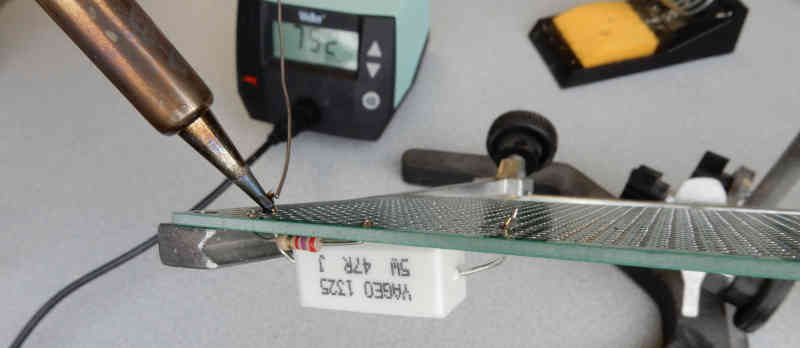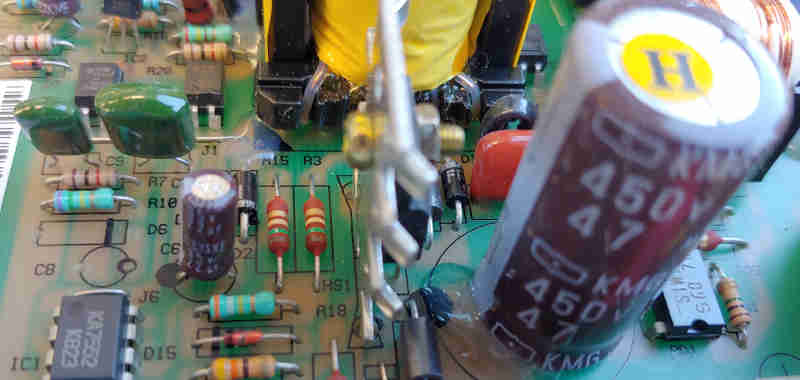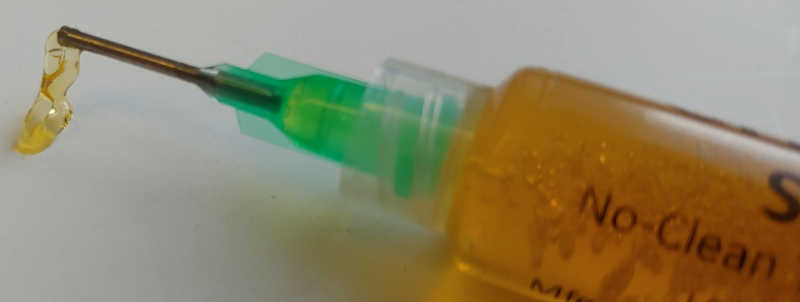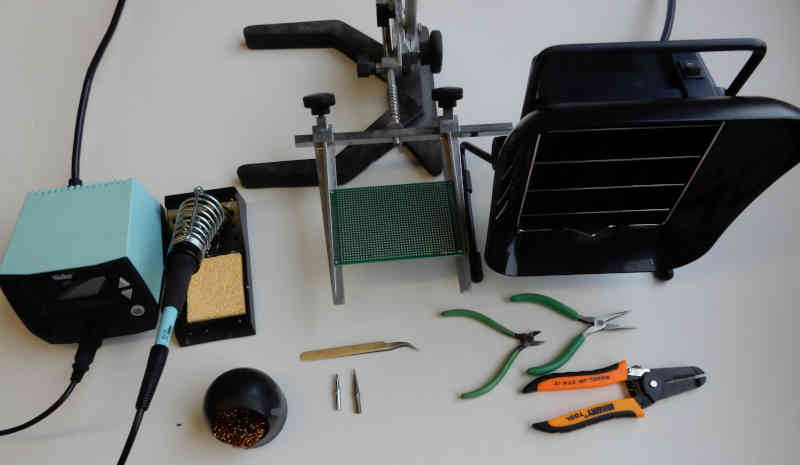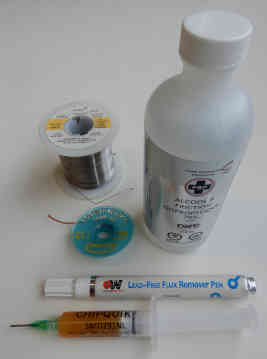How to solder circuit boards depends on the type of circuit board and the type of components to be soldered.
When you perform soldering on the circuit boards you must consider the following three factors:
- the size of solder joint
- the amount of time the iron contacts soldering surfaces
- the pressure you apply with soldering iron to the solder joint
The most popular in the USA
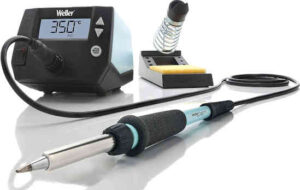
Weller WE1010 solder station
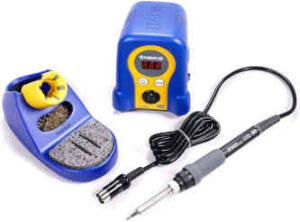
Hakko FX-888D soldering station

Weller WLC100 (cheap solder iron)

